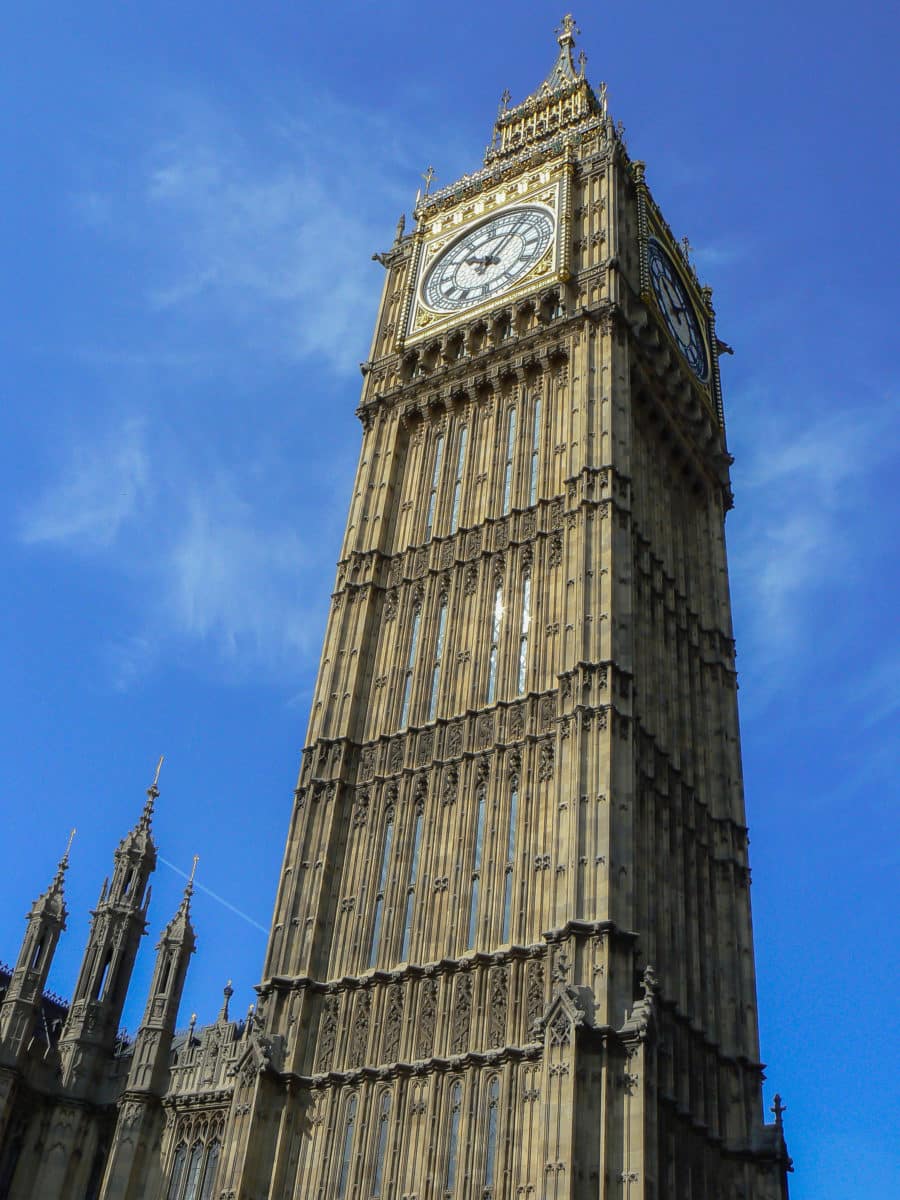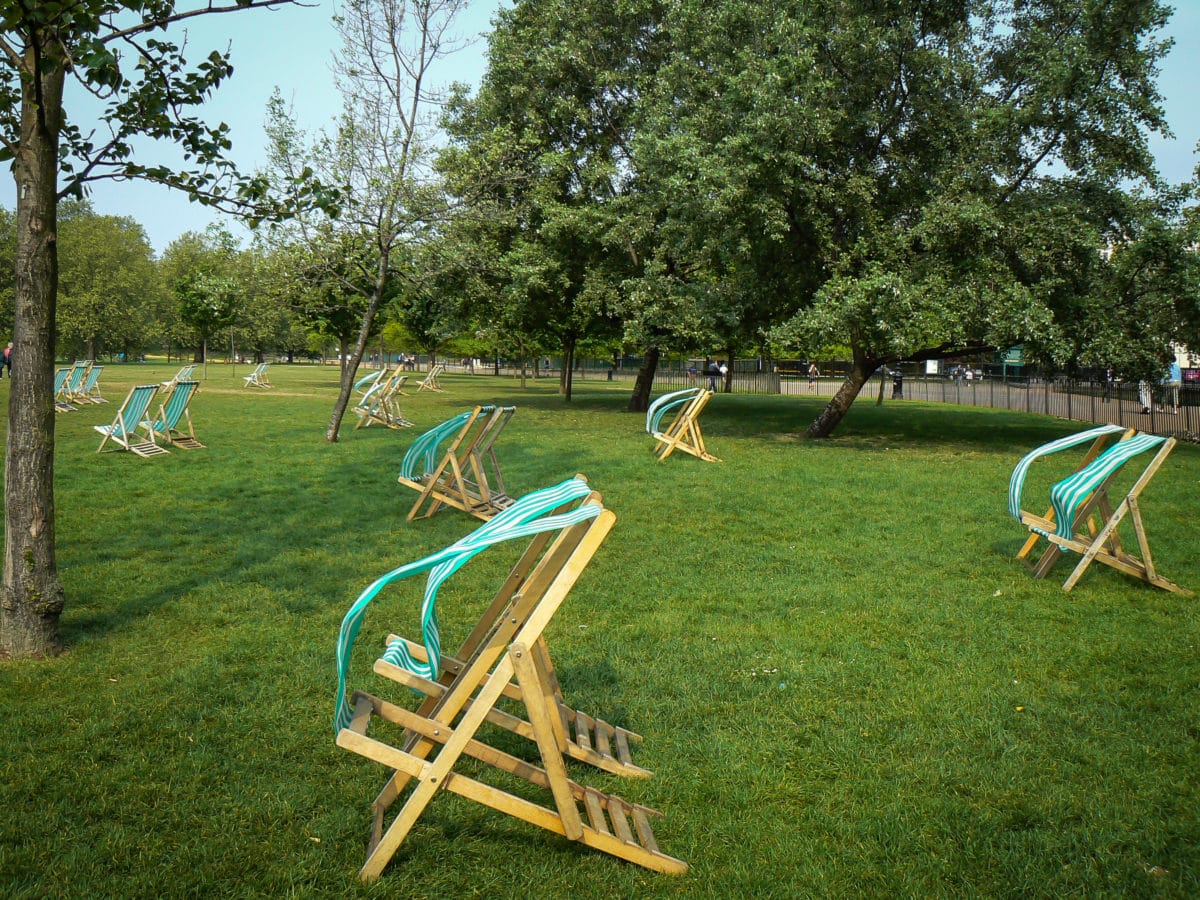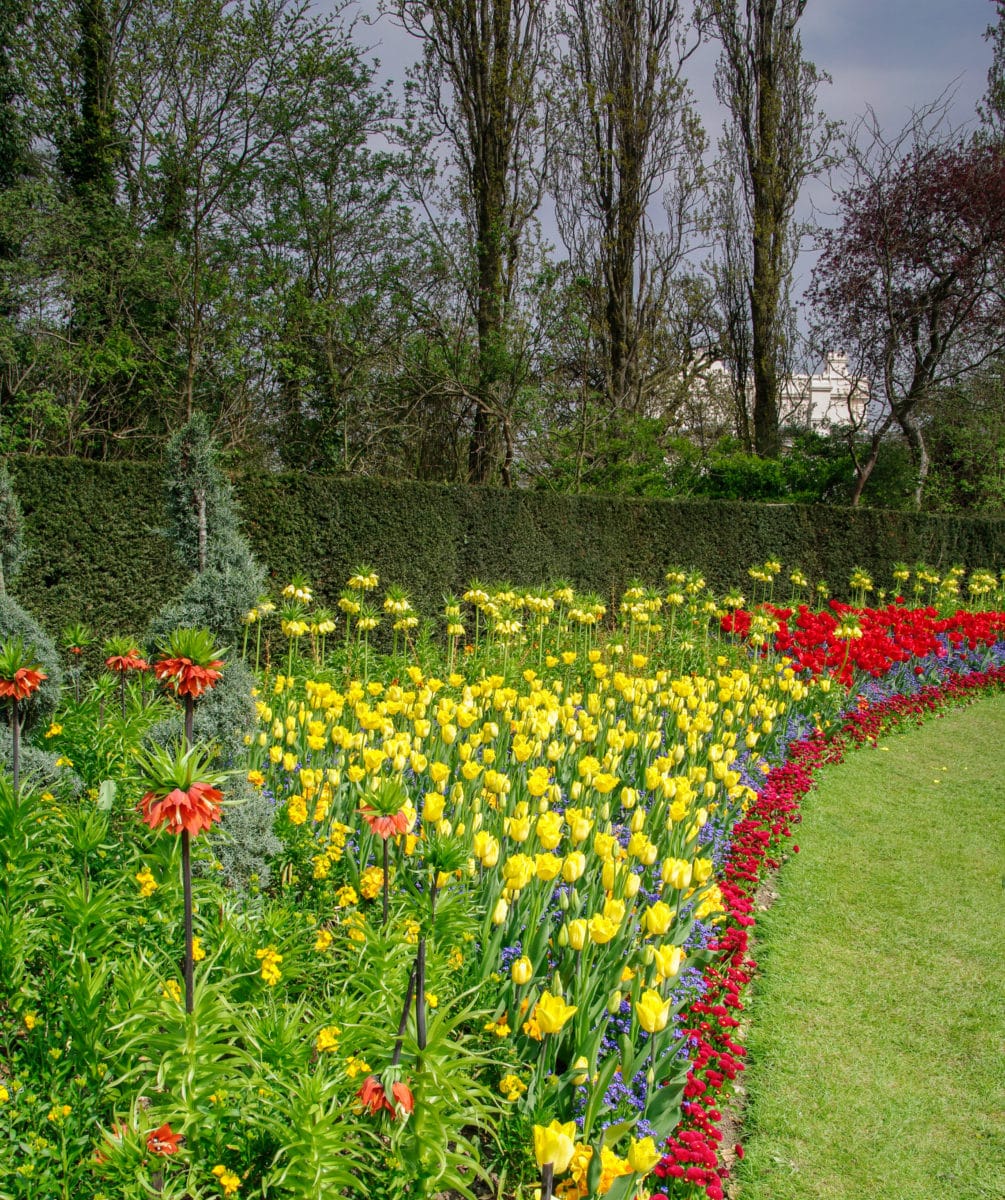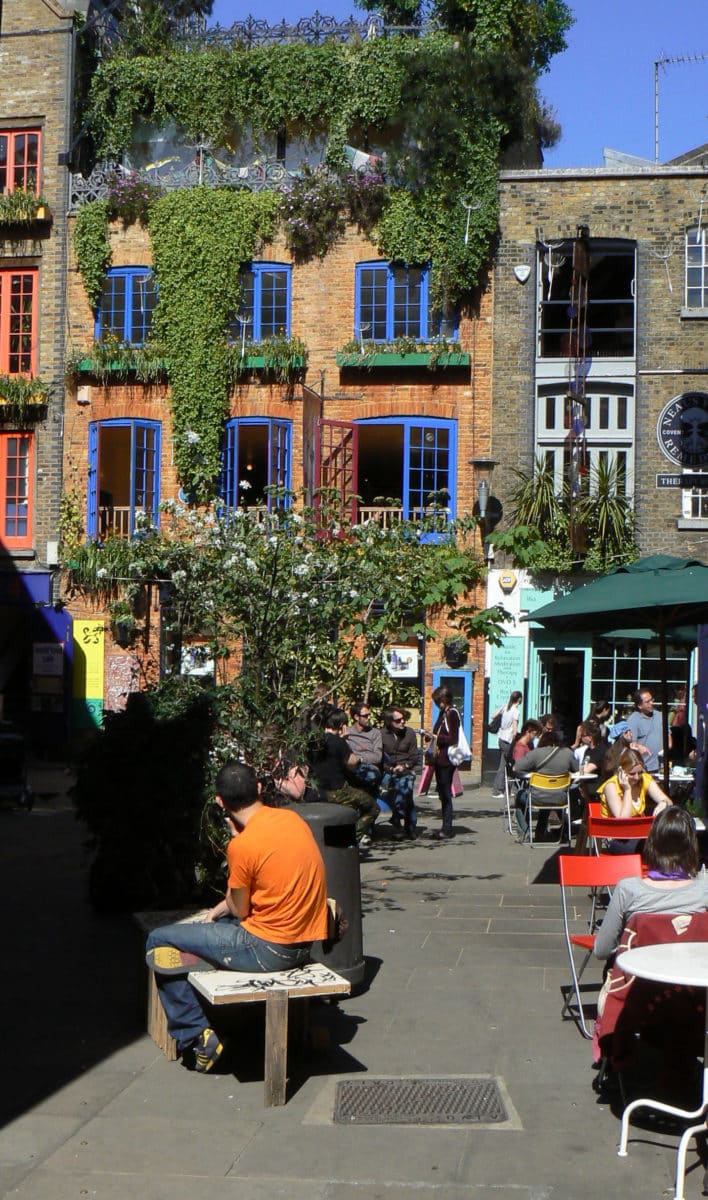The second most popular tourist destination in the world, with only Hong Kong surpassing it, London has long been an iconic city with some of the most recognizable tourist sites in the world. Yet, it can be overwhelming to try to get the most out of a city as large and vibrant as London in a short visit.

Everyone visiting London has heard of Big Ben, Houses of Parliament, Buckingham Palace and the London Eye. Tourist spots are easy to find. But the soul of a city always remains a mystery unless it is explored in depth. The best way to discover any city, especially one that is known for its culture, history, architecture, and gardens, is to walk its streets. In London, Hyde Park, the very heart of the city, is a good starting point. Its enormous expanse is exhilarating, with the English Rose Garden, Italian Gardens, and the River Serpentine where one can hire a canoe and punt or simply feed the ducks. Aim to exit this park on to Kensington Road, making sure to look over your shoulder as you absorb the grandeur of the statues in Hyde Park just behind you.

The approach to the beautiful rotunda of the Royal Albert Hall can be breathtaking. Walking around it will reveal its intricate architecture and the unique structure. Continue your walk down Exhibition Road, where many of the museums like the Science, Natural History and V&A (Victoria and Albert) await you. London is proud to share its knowledge and glorious history with the public free of charge.
Standing just across the road from these monuments, you will be able to appreciate the grandeur of the architecture, particularly of the Natural History Museum. A stunning stone building built in 1881 by Sir Richard Owens, it was meant to depict a “Cathedral to Nature.” The V&A is the largest museum in the world of decorative arts, one of the many establishments named after beloved Queen Victoria and her Prince Consort Albert. South Kensington’s public squares will provide a place to relax and enjoy a cup of coffee, a good gelato or some excellent tapas. For the turophile there awaits a wonderful cheese-boutique that has fine cheeses for sale and a spot to sip a glass of wine with them. However if you prefer to experience the traditional English high tea, it is offered at The Orangery, located in Kensington Palace Gardens.
Other places to visit are Piccadilly Circus, Leicester and Trafalgar Squares. London has thirty-three boroughs divided into 6 zones of transportation, including the tube, the bus and the river bus that runs over the Thames. Take the tube to Green Park station in St James’s Park, emerging at the famous Ritz Hotel, where charm meets perfection (but at a steep price). The afternoon tea is a “ceremony” definitely worthy of experiencing at least once in a lifetime.
Walk to Fortnum and Mason, established in 1707, with its chocolatier, tea room, superb deli and the exquisite packaging of its products. Be sure to cross the Piccadilly Road afterward, for a view of the beautiful mechanical clock that was added onto the storefront in 1964.
Next, one can visit either the Royal Academy of Arts, or the Burlington Arcade which will transport you to the 1920s. Its quaint shops, with footmen dressed in livery, are full of fine antiques, collections of jewelry, silverware, watches, art and more. Pop-up restaurants can be found here, and The Chor Bizarre restaurant is on a side street off the arcade. It is a brilliant take on the Indian Chor Bazar (a flea market named to imply a thief’s market) and can be a fun way to spend the afternoon.

The arcade leads to Old Bond Street with its old Tudor and Victorian houses that are now home to the finest jewellers and watchmakers in the world. Walking past Park Lane and Mayfair brings you to the world-famous Oxford Street, arriving at the department store Selfridges, which was established in 1909. Behind this magnificent store, which has the best-dressed windows in the city, you will find a cluster of small eateries with a choice of cuisines hard to pick from. With Turkish, Thai, Lebanese, and Italian restaurants, London’s cuisine is another mark of how cosmopolitan and diverse its residents are.
If you should decide to walk toward the Piccadilly Circus, in Trafalgar Square you will enjoy Nelson’s Column flanked by four sculpted lions. It is generally full of tourists feeding the hordes of pigeons that seem to descend specifically to this square. You can also visit the land of theatres in Leicester Square or the charming Covent Gardens with the exquisite Royal Opera House, many shops, restaurants, a market place and, depending on the day of the week, street entertainers.
Of London’s many established restaurants, the oldest is The Rules, a restaurant serving game meats that has been housed in its location in Covent Garden for over 200 years. It is where many dignitaries have wined and dined, Winston Churchill among them.
Notting Hill is an area where the rich and the famous reside. Nearby is the public park and chic residential neighborhood of Holland Park. Stroll down Portobello Market, Blenheim Crescent and the surrounding streets. Books for Cooks is a smart bookstore where you can find a trove of glorious cookbooks, a small café at the back and a cookery school above. The Spice Shop across the street is steeped in history and the tradition of grinding spices on stone by hand can be rather fun to watch.

Visit the Regent Street area where you can enjoy a show and dinner at the Palladium or simply stroll right through to Carnaby Street with its many fashionable restaurants, most always packed to capacity.
England is “pub country.” The Scarsdale Tavern in Kensington is set in an old residence dating from 1812. The Albion in Islington, North London, is simply stunning in spring when the wisteria is in full bloom.

Venture out to the beautiful open markets in London where street food is in abundance and simply delicious. Borough Market located by London Bridge is the simplest to get to. It has an ample variety of foods and many famous chefs operate their own restaurants within.
Spitalfields Market by Liverpool Street is an old Victorian covered market that in 1991 was divided into old and new sections, the “new” carrying fresh produce. Billingsgate market in the east-end specializes particularly in seafood.
Visit a high street village café to enjoy watching the world go by. Travel to South London to the quaint and pretty village of Wimbledon. Ely’s, their local department store, village shops and fine restaurants make this excursion worthwhile. In Wimbledon Hill is the All England Tennis Club, established in 1868, where the famous Wimbledon championships are played each year. It also houses a tennis museum.
Set on the river Thames, Kingston-upon-Thames is a pretty little village that has a charming pedestrian zone free of vehicles. You will find here street musicians, jugglers and magicians, ice cream stands and hotdog carts. The old cobblestone squares and the modern department stores blend in surprisingly well.
Take a boat ride to Hampton Court from here, or enjoy a cup of tea on the riverside. A trip to Kings Road, via Sloane Square in central London, will take to you the village of Chelsea, once the preferred address of fashionable Londoners.
Samuel Johnson famously said, “When a man is tired of London, he is tired of life.” A vibrant city of history and diversity, London is still worthy of the praise. ![]()
First published December 2016